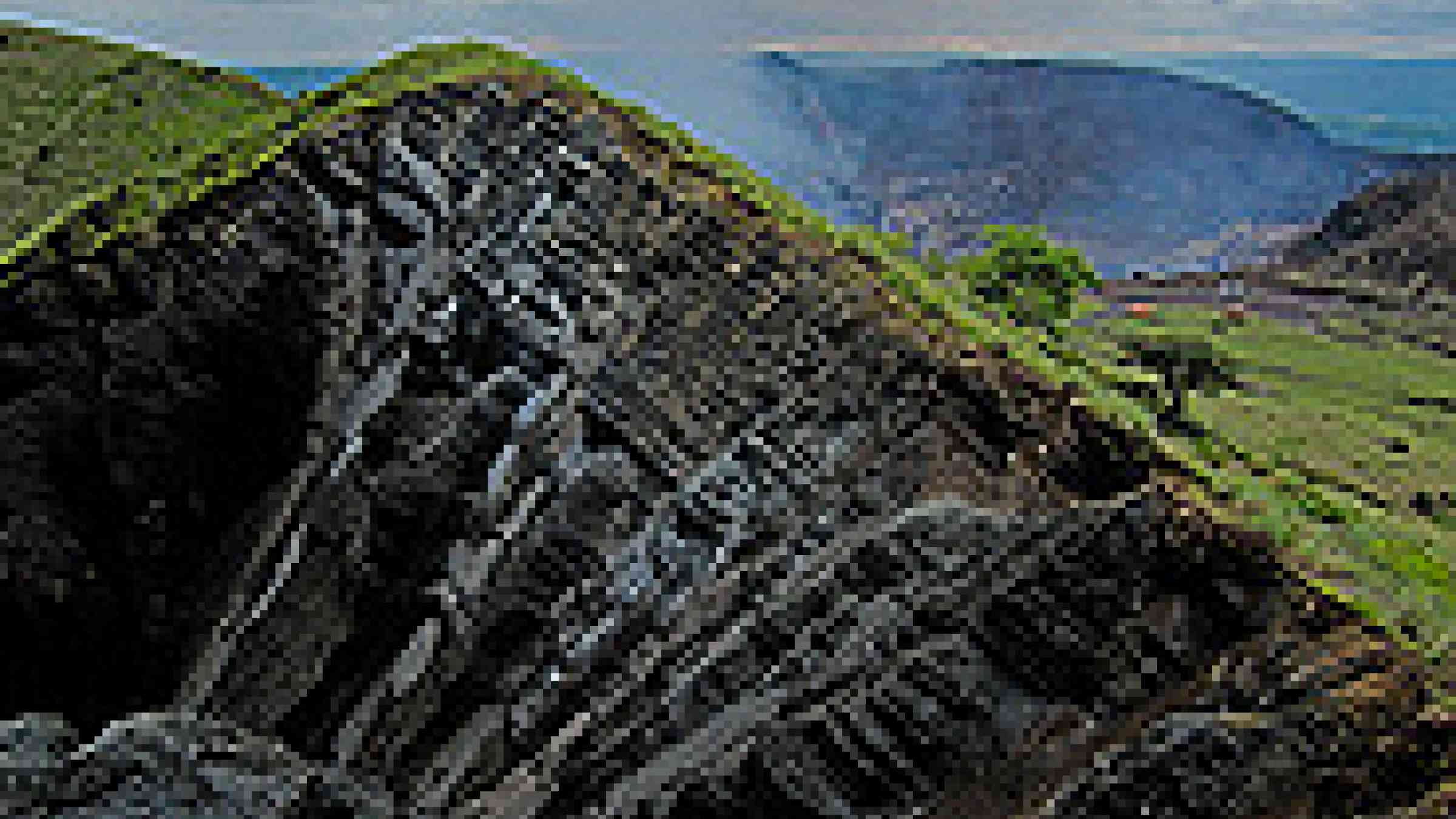Nicaragua to improve DRM and climate change adaptation with IDB assistance

Loans totaling $10 million will reduce vulnerability of rural communities and facilitate the adaptation of agricultural producers to climate change
The Inter-American Development Bank (IDB) approved two loans totaling $10 million to reduce the vulnerability of rural communities in Nicaragua affected by climate change through a program to manage and conserve natural resources and protect watersheds.
Nicaragua is notable among Central American countries for the frequency and severity of weather events. According to the Research Centre of Disasters´ Epidemiology, in 2009 the country was hit by 25 hydrometeorological disasters, the highest rate in the isthmus. Over the past 30 years, such natural events left an annual average of 1,880 victims per 100,000 inhabitants and caused economic loses of $2 billion.
The country’s mountainous topography with 21 watersheds contributes to its high vulnerability to natural threats. The conversion of forest in the upper watersheds into land for agricultural or livestock use coupled with the lack of access to appropriate technologies for hillside farming has increased the risk of landslides and erosion. In addition, deforestation contributes to changes in the streamflow regime of the affected watersheds, increasing the probability of floods in low-lying areas.
This IDB-financed program will improve risk management, primarily at the municipal level, in the areas of risk identification and reduction and the strengthening of governance. It will also support agricultural producers to adapt to climate change.
The program will focus on three main components:
* Support for the adoption of environmental restoration systems;
* Construction of infrastructure to reduce losses caused by climatic events; and
* Capacity building and development of instruments for risk management, local compensation mechanisms for environmental services, and adaptation to climate change.
These main goals are designed to improve risk management indicators at the municipal level in seven municipalities and increase the value of the agricultural production of the 3,600 program beneficiaries.
The IDB's lending consists of $5 million from the ordinary capital for a 30-year term, with a six-year grace period and a SCF-fixed interest; and another $5 million from the concessional Fund for Special Operations for a 40-year term, with a 40-year grace period and a 0.25 percent interest.
The program will also receive parallel financing from the Nordic Development Fund in the amount of €2.5 million (approximately $3 million). The local contribution of $600,000 will come from the Nicaraguan government.